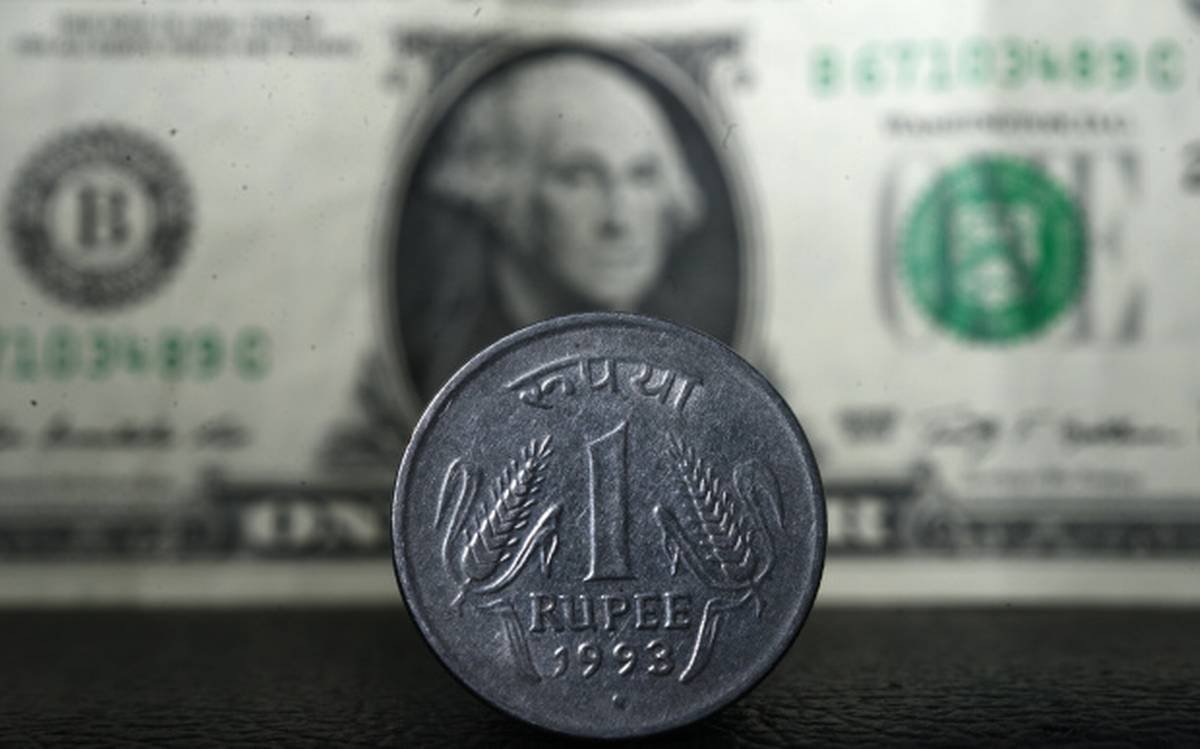April 25, 2023
New Delhi, India
Daily Currency Market Analysis
USD/INR
The last traded price of USDINR was 83.31. The trading range was between 83.36-83.25.
Analysis: The Indian Rupee (INR) ended little changed against the US Dollar (USD), possibly supported by likely intervention from the Indian central bank. Despite the stability in the Rupee, the HSBC India Manufacturing PMI remaining unchanged at 59.1 in April 2024 indicates a steady pace of manufacturing activity. The HSBC India Composite flash PMI rising to 62.2 in April suggests overall economic expansion, which could influence the Rupee’s performance in the future.
EUR/INR
The last traded price of EURINR was 89.12. The trading range was between88.24-89.96.
Analysis: The Euro (EUR) stabilized against the Indian Rupee (INR) as investors absorbed flash PMI data for the Eurozone. The stronger-than-expected output revealed by the latest survey, with the HCOB Eurozone Services PMI reaching an eleven-month high at 52.9 in April 2024, indicates robust economic activity. This stability and positive economic indicators may have contributed to the Euro’s resilience against the Rupee.
GBP/INR:
The last traded price of GBPINR was 103.82. The trading range was between 103.91-103.45.
Analysis: The British Pound (GBP) gained ground against the Indian Rupee (INR) driven by solid UK PMI data and assessments of its potential impact on the country’s monetary policy trajectory. The expansion in British business activity in April, coupled with a decrease in public sector net borrowing to £11.9 billion, suggests economic resilience and fiscal discipline. These factors likely bolstered confidence in the Pound, leading to its appreciation against the Rupee.
JPY/INR:
The last traded price of JPYINR was 53.63. The trading range was between 53.84-53.62.
Analysis: The Japanese Yen (JPY) remained relatively stable against the Indian Rupee (INR) as the Bank of Japan (BOJ) signaled a cautious approach to policy normalization. The au Jibun Bank flash Japan Services PMI and Japan Manufacturing PMI both indicated expansion in April, albeit with modest improvements. The BOJ’s indication of no rush in policy normalization reflects a measured approach, influencing the Yen’s stability against the Rupee.
Disclaimer:
CurrencyVeda provides this news article for informational purposes only. We do not offer investment advice or recommendations. Before making any investment decisions, please conduct thorough research, consult with financial experts, and carefully consider your financial situation, risk tolerance, and investment goals. Investing in the stock market carries risks, and it’s essential to make informed choices based on your individual circumstances. CurrencyVeda is not liable for any actions taken based on the information provided in this article.

